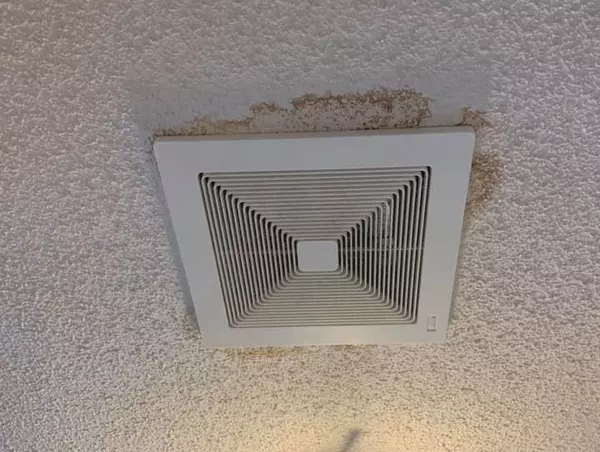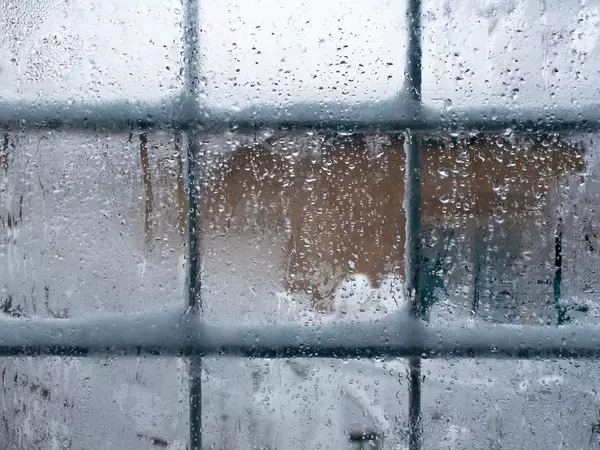Unraveling the Mystery of Attic Rain: Causes, Effects, and Solutions
While the term "attic rain" might sound poetic, the reality is far from it. Attic rain refers to a phenomenon that can occur during colder months when warm indoor air rises into the attic, only to meet a cold surface and condense into moisture. This moisture can lead to a range of issues, from structural damage to mold growth. In this blog, we'll delve into the causes of attic rain, its effects, and practical solutions to prevent and address this unwelcome phenomenon.
Understanding Attic Rain:
-
Causes of Attic Rain: Attic rain typically occurs when warm, moist air from inside the living space rises into the attic. Once in the attic, this warm air can come into contact with cold surfaces, such as the underside of the roof, leading to condensation. The condensation, in turn, can accumulate and cause a variety of problems, including water damage and mold growth.
-
Temperature Differential: The root cause of attic rain is the temperature differential between the warm air inside your home and the cold surfaces of the attic. This temperature contrast is most pronounced during winter when indoor heating systems are in use.
-
Poor Ventilation: Inadequate attic ventilation exacerbates the issue. Proper ventilation helps regulate temperature and humidity levels in the attic, reducing the likelihood of condensation. When ventilation is insufficient, warm, moist air becomes trapped, creating an environment conducive to attic rain.
Effects of Attic Rain:
-
Structural Damage: Prolonged exposure to moisture can compromise the structural integrity of your attic. Wooden beams, insulation, and other materials may suffer damage over time, potentially leading to costly repairs.
-
Mold and Mildew Growth: Moist conditions in the attic provide an ideal breeding ground for mold and mildew. The presence of mold not only poses health risks but can also be challenging and expensive to remediate.
-
Insulation Compromise: Attic rain can saturate insulation, reducing its effectiveness. Compromised insulation leads to increased energy costs as your heating system works harder to maintain a comfortable indoor temperature.
Solutions to Prevent Attic Rain:
-
Proper Ventilation: Ensure your attic is well-ventilated. Ridge vents, soffit vents, and attic fans work together to create a continuous flow of air, preventing the buildup of warm, moist air.
-
Seal Air Leaks: Identify and seal any air leaks that allow warm air to escape into the attic. This includes gaps around light fixtures, plumbing stacks, and access points.
-
Insulation Upgrade: Check the insulation in your attic and consider upgrading it if necessary. Proper insulation helps maintain a consistent temperature, minimizing the risk of condensation.
-
Use Vapor Barriers: Install vapor barriers to prevent moisture from permeating into the attic space. These barriers can be placed between the living space and the attic insulation to minimize the risk of condensation.
-
Regular Inspections: Conduct regular inspections of your attic to identify any signs of moisture, water stains, or mold growth. Early detection allows for prompt intervention and mitigation.
Attic rain may be a less-known phenomenon, but its potential consequences are significant. By understanding the causes, recognizing the effects, and implementing preventive measures, homeowners can protect their homes from the detrimental impacts of attic rain. Keep your attic dry and well-maintained to ensure a healthy, energy-efficient, and resilient living space.
Categories
Recent Posts












